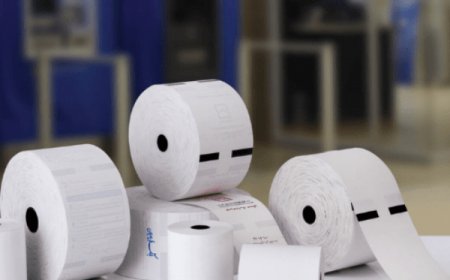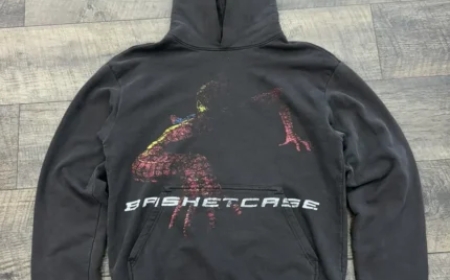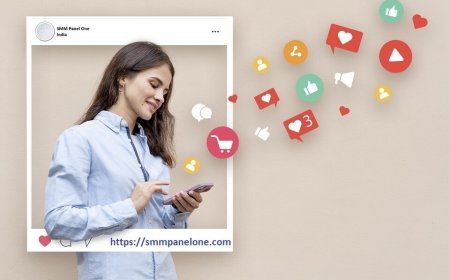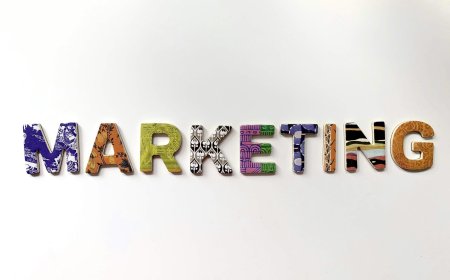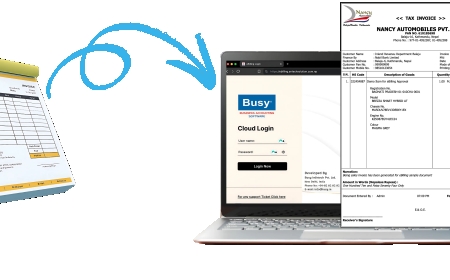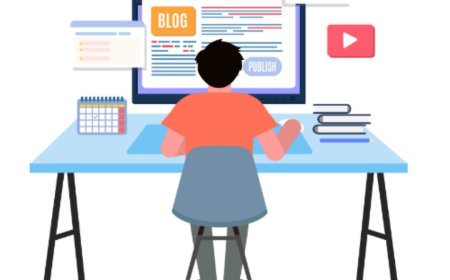AI Avatars & Embroidery Digitizing for Smart Branding
Discover how embroidery digitizing and AI avatars are merging in 2025 to revolutionize wearable branding and custom fashion experiences.
Introduction
In a world where personal branding is more important than ever, 2025 has introduced an exciting fusion of technologies embroidery digitizing and AI avatars. This combination is not only transforming how we design and wear clothing but is shaping how we represent ourselves in both the physical and digital worlds.
From influencers and content creators to corporations and esports athletes, everyone is tapping into AI-generated avatars and custom embroidered fashion to establish their identity and embroidery digitizing sits right at the heart of it.
In this article, well explore how embroidery digitizing is evolving to serve an entirely new industry of wearable personal branding powered by AI.
What is Embroidery Digitizing?
Embroidery digitizing is the process of converting artwork such as logos, text, or illustrations into a digital stitch file that can be read by an embroidery machine. These files direct how the machine should stitch the design, including the type, direction, density, and sequence of stitches.
Modern digitizing services now go beyond just manual conversion. They use AI, automation, cloud platforms, and API integrations to power on-demand embroidery.
Enter AI Avatars: The Digital Identity Revolution
AI avatars are realistic, digital representations of people often used in gaming, social media, AR/VR environments, and virtual workplaces. Brands like Ready Player Me, Meta Avatars, and Genies are leading this transformation.
But where does embroidery come in?
The Connection Between AI Avatars and Embroidery Digitizing
Heres where it gets exciting:
-
People are now using their AI avatars to design apparel from jackets to caps and then ordering them as real-world embroidered products.
-
Digitizing services convert digital avatar elements (like logos, emblems, or signatures) into embroiderable designs.
-
Brands and influencers use their avatars as both a marketing tool and a source for creating custom, wearable merchandise.
Use Case Example: The Influencer Drop
Imagine a fashion influencer launches a virtual avatar that appears on Instagram Reels and Twitch. That avatar wears a signature varsity jacket with a digitized embroidered logo on the chest.
The influencer uses embroidery digitizing to convert that same logo into real-world merch giving fans a chance to "wear what the avatar wears."
This blending of digital identity and physical clothing gives rise to a powerful marketing trend: wearable personal branding.
Why Embroidery Digitizing is Crucial for AI-Powered Fashion
| Feature | Embroidery Digitizing's Role |
|---|---|
| High Detail Customization | Captures fine avatar/logo details in stitch format |
| On-Demand Fulfillment | Converts designs quickly for small-batch runs |
| Scalable Branding | Makes mass production of digital-brand-aligned clothing easy |
| Personalization | Supports individual user names, handles, or avatar tags |
| Cross-Platform Compatibility | Accepts AI-generated files in SVG, PNG, AI formats |
How It Works: From AI Avatar to Embroidered Hoodie
-
Avatar Generated using AI platforms like Ready Player Me or ZMO.ai
-
Outfit Designed with digital graphics, patterns, or personal logos
-
Design Exported to a digitizing service (.PNG, .SVG)
-
Digitized for Embroidery file is converted to .DST or .PES format
-
Sent to Production embroidery machine produces the final wearable
-
Shipped to Customer within 37 days in most cases
Top Tools Powering This Trend
-
Wilcom Embroidery Studio AI-augmented digitizing software
-
Ink/Stitch Open-source embroidery digitizing with SVG support
-
Placeit & Canva For AI avatar mockups and embroidery previews
-
Hatch Embroidery Commercial-grade tool with automation features
-
Avatar SDKs (Ready Player Me, Genies) Create exportable avatar visuals
Real-World Examples (20242025)
? Gaming Merchandise
Esports teams use digitizing services to embroider team avatars, game IDs, and icons onto hoodies and jerseys.
? Brand Collaborations
Nike collabs with digital artists to create AI-designed embroidered patches for limited edition drops.
? Personal Merch
YouTubers offer "Wear My Avatar" merch kits where fans can buy the same embroidered clothes their avatar wears online.
Future Outlook: Embroidery + AI = Infinite Style
In the next 3 years, well see massive growth in:
-
Virtual-to-Physical Merch Stores
-
Wearable NFTs with embroidery verification
-
Dynamic embroidery using real-time AI inputs (mood-based color changes)
The embroidery digitizing industry is already adapting offering cloud-based tools, instant previews, and direct-to-machine APIs for brands that want to scale this movement.
Benefits for Small Businesses and Creators
? No inventory: Produce only after order is placed
? Low cost: Digitizing files can be reused and updated
? High engagement: Fans connect deeper when they can wear your identity
? Scalability: From one hoodie to 10,000 caps production is seamless
? SEO + Brand Visibility: Custom products drive clicks and traffic organically
SEO Tip: Use Embroidery Digitizing as a Core Content Angle
If you're an apparel brand or embroidery business, create blog content and landing pages around these rising trends:
-
"AI Avatars in Custom Apparel"
-
"How to Digitize Logos for Avatar Merchandise"
-
"Embroidery for Streamers & YouTubers"
-
"Digitizing Avatars for Embroidery Machines"
-
"Virtual Branding in the Physical World"
Use variations of the keyword "embroidery digitizing" with modern terms like "AI avatar clothing", "custom gamer merch", or "virtual-to-physical wearables" for maximum traffic.
Final Thoughts
Embroidery digitizing is stepping into a new dimension no longer just a tool for patch making or corporate logos, but a critical part of how digital identities are physically worn and seen.
Whether you're a gamer, designer, brand, or business, the combination of AI avatars and digitizing services opens the door to endless personalization and branding possibilities.
This is more than a trend it's the future of custom fashion and digital expression.





